If your dog’s eye is swollen and red, it can be a cause for concern. There are many potential causes of canine eye swelling, some of which are minor and easily treated, while others are more serious. If your dog’s eye has suddenly started to swell and become red, it’s important to take him to the veterinarian for a diagnosis and treatment plan. In most cases, prompt veterinary care will ensure that your dog’s eyes return to normal quickly. However, there are some things you can do at home to help relieve your dog’s discomfort in the meantime.
Read More: Why Is My Dog Coughing And Gagging?
COMMON INFECTIONS THAT CAN CAUSE SWOLLEN AND RED EYES IN DOGS
- CONJUNCTIVITIS (Pink Eye)
- KERATITIS
- UVEITIS
- GLAUCOMA
- CATARACT
There are a number of different infections that can cause your dog’s eyes to swell and turn red. Here are some of the most common ones:
CONJUNCTIVITIS (Pink Eye)
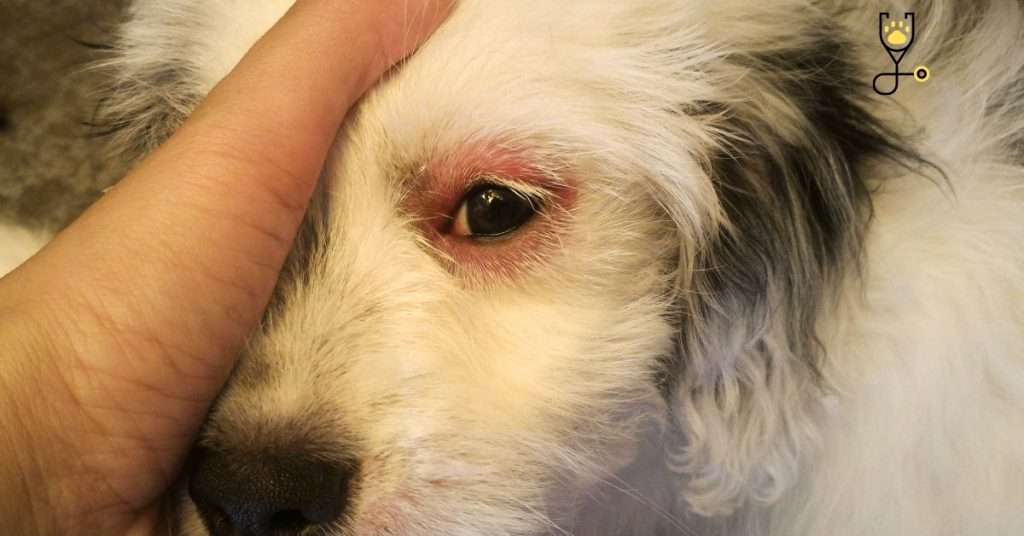
Conjunctivitis, or pink eye, is a common condition that causes swollen and red eyes in dogs. It is usually caused by bacteria or viruses, but can also be caused by allergies or irritants. Conjunctivitis is not typically serious and will usually resolve on its own within a few weeks. However, if left untreated, it can lead to more serious problems such as ulcers or scarring of the cornea. If you may notice that dog’s eyes are red and swollen. He may also have discharge from his eyes, which can be clear, yellow, or greenish in color. His eyes may be crusty or have a film over them, and he may rub or paw at his eyes. Conjunctivitis is usually accompanied by other symptoms such as sneezing, runny nose, or fever.
Lear More: Conjunctivitis in Dogs (Pink Eye)
PREVENTION
Preventing conjunctivitis is often difficult, but there are some things you can do to reduce your dog’s risk. These include:
– Wiping away any discharge from your dog’s eyes with a clean, damp cloth
– Avoiding contact with other dogs that have conjunctivitis
– Keeping your dog’s vaccinations up to date
– Avoiding exposure to irritants or allergens that may trigger an attack of conjunctivitis
KERATITIS
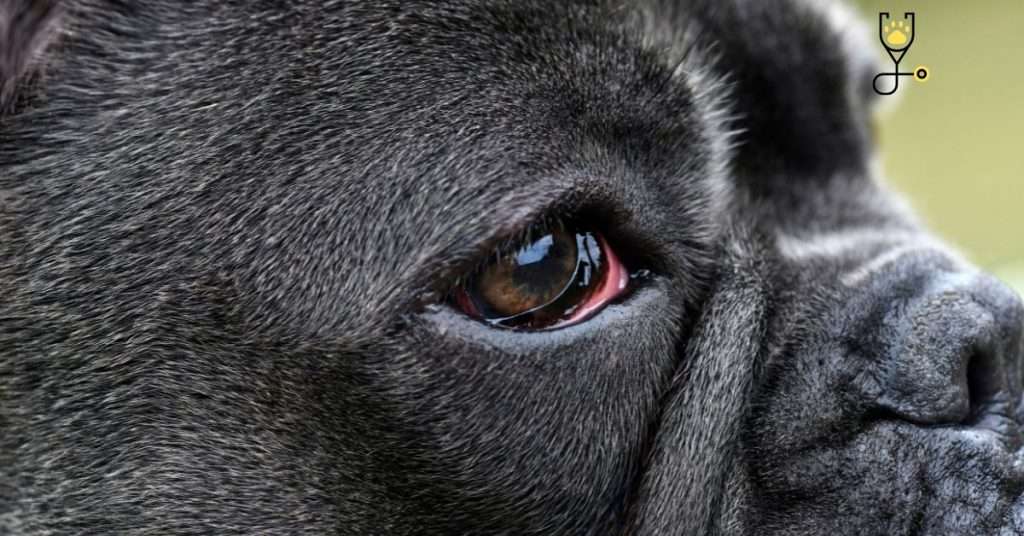
Keratitis is an inflammation of the cornea, the clear outer layer of the eye. It can be caused by bacteria, viruses, fungi, or parasites. Keratitis can also be caused by injury or irritation to the eye. Symptoms of keratitis include redness, swelling, discharge, and pain. Keratitis can lead to ulcers or scarring of the cornea if left untreated. Treatment usually involves antibiotics or antifungal medications. In severe cases, surgery may be necessary.
Learn More: How to Start German Shepherd Obedience Training
PREVENTION
There are several things you can do to help prevent keratitis:
– Keep your dog’s eyes clean and free of debris
– Avoid contact with other dogs that have keratitis
– Keep your dog’s vaccinations up to date
– Avoid exposure to irritants or allergens that may trigger an attack of keratitis
UVEITIS
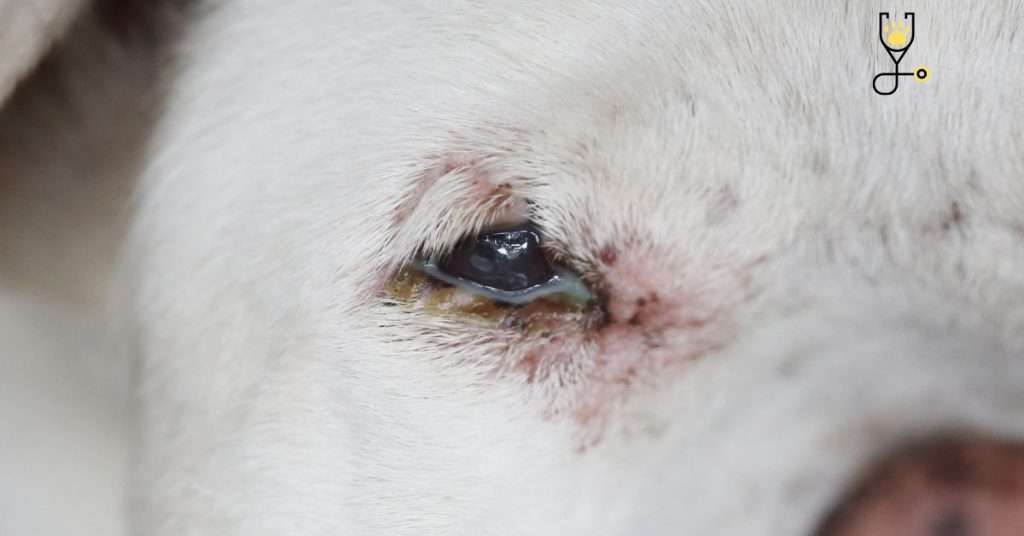
Uveitis is an inflammation of the uvea, the middle layer of the eye. It can be caused by bacteria, viruses, fungi, or parasites. Uveitis can also be caused by injury or irritation to the eye. Symptoms of uveitis include redness, swelling, discharge, and pain. Uveitis can lead to ulcers or scarring of the cornea if left untreated. Treatment usually involves antibiotics or antifungal medications. In severe cases, surgery may be necessary.
PREVENTION
There are several things you can do to help prevent uveitis:
– Keep your dog’s eyes clean and free of debris
– Avoid contact with other dogs that have uveitis
– Keep your dog’s vaccinations up to date
– Avoid exposure to irritants or allergens that may trigger an attack of uveitis
GLAUCOMA
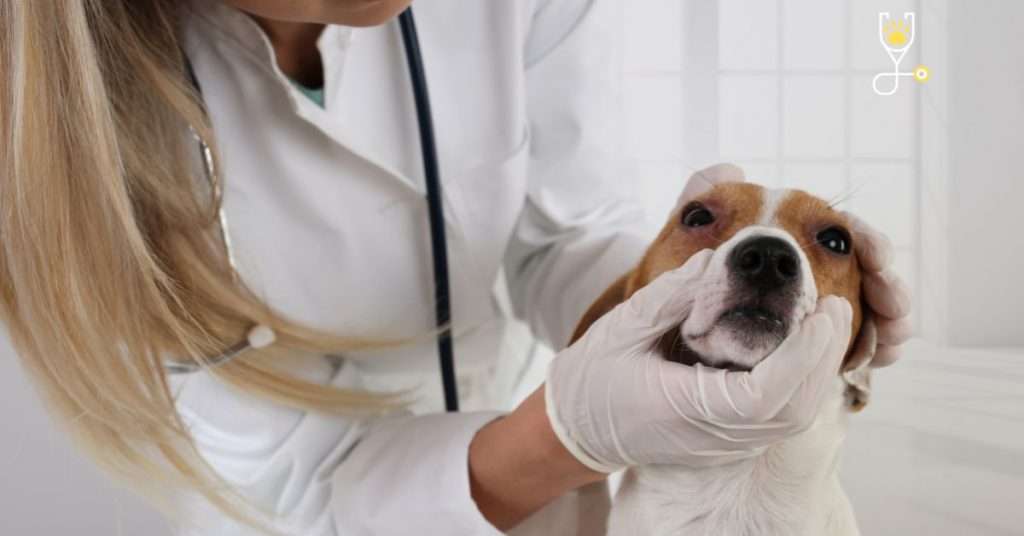
Glaucoma is a condition that causes increased pressure in the eye. It can be caused by an infection, injury, or tumor. Glaucoma can also be genetic. Symptoms of glaucoma include redness, pain, and blindness. Treatment usually involves medications to reduce the pressure in the eye. In severe cases, surgery may be necessary.
Read more about Glaucoma here.
PREVENTION
There are several things you can do to help prevent glaucoma:
– Keep your dog’s eyes clean and free of debris
– Avoid contact with other dogs that have glaucoma
– Keep your dog’s vaccinations up to date
– Avoid exposure to irritants or allergens that may trigger an attack of glaucoma
CATARACT
A cataract is a clouding of the lens of the eye. Cataracts can be caused by infection, trauma, or aging. Symptoms of cataracts include blurred vision, double vision, and difficulty seeing at night. Treatment usually involves surgery to remove the cloudy lens and replace it with a clear artificial lens.
PREVENTION
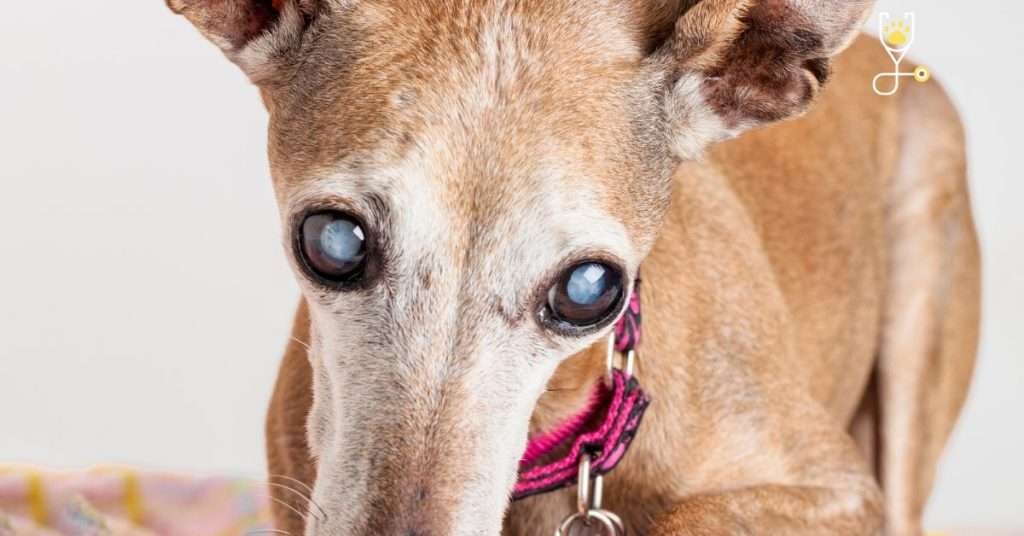
There are several things you can do to help prevent cataracts:
– Keep your dog’s eyes clean and free of debris
– Avoid contact with other dogs that have cataracts
– Keep your dog’s vaccinations up to date
– Avoid exposure to irritants or allergens that may trigger an attack of cataracts
CONCLUSION
There are many different eye problems that can affect dogs. Some of these conditions, such as conjunctivitis, keratitis, and uveitis, are relatively mild and can be treated with antibiotics or antifungal medications. Others, such as glaucoma and cataracts, are more serious and may require surgery. Prevention is the best way to keep your dog’s eyes healthy. Be sure to keep your dog’s eyes clean and free of debris, and avoid contact with other dogs that have eye problems. Keep your dog’s vaccinations up to date, and consult your veterinarian if you notice any changes in your dog’s vision.
Learn All About Common Health Issues in Dogs & Their Prevention in our detailed guide here.
FAQS
Why has my dog’s eye swollen?
It could be any number of things including infection, injury, or a foreign object in the eye. If your dog’s eye is red and/or there is discharge, you should take him to the vet for an examination. If the swelling is severe, your dog may need treatment.
What are some common causes of a dog’s eye swelling?
Infection, injury, or a foreign object in the eye are all common causes of eye swelling in dogs. If your dog has swollen eyes, it is important to take him to the vet for an examination so that the cause can be properly diagnosed and treated.
How can I treat my dog’s swollen eyes at home?
If your dog’s eye is only slightly swollen, you can try gently cleaning it with a warm, wet cloth. You can also apply a cold compress to the area for 10-15 minutes at a time. If the swelling is severe or if your dog has any other symptoms, you should take him to the vet for an examination.
What are some possible complications of a dog’s swollen eye?
If left untreated, a dog’s swollen eye can lead to serious complications such as blindness. If you notice that your dog’s eye is swollen, red, or there is discharge, you should take him to the vet for an examination.
When should I take my dog to the vet for a swollen eye?
If your dog’s eye is swollen, red, or there is discharge, you should take him to the vet for an examination. If the swelling is severe, your dog may need treatment.
Is your dog stressed after recovery? Read out owner story: How I Helped My Pet Overcome Anxiety and Depression.